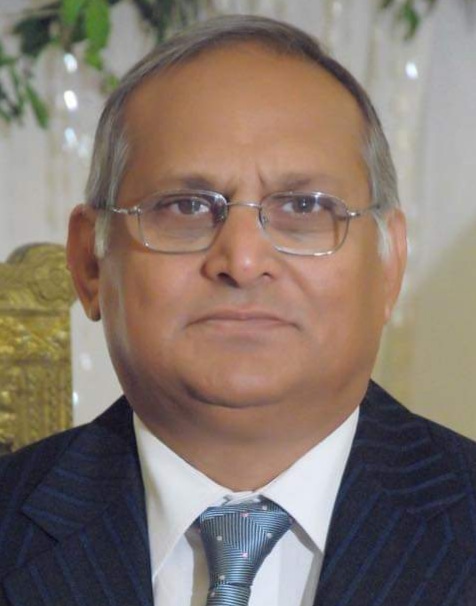Analytical Report by Ghulam Haider Sheikh
In the rapidly evolving landscape of the Middle East, Iran has emerged as a pivotal player. Tehran’s military capabilities, nuclear ambitions, anti-Israel stance, and support for Palestinian groups have brought it into global focus. However, what stands out the most at this point is the sharply divided public opinion in the United States regarding Iran. This division is not only influencing Washington’s policies but also affecting the strategic balance of major global powers.
According to recent surveys and research reports, American public opinion on Iran is split into two clear factions. On one side are those who view Iran as a “real threat” and support strict policies, sanctions, and even military action. On the other side are those who prefer diplomacy, negotiations, and the revival of the Joint Comprehensive Plan of Action (JCPOA).
47% of Americans consider Iran a major threat.
33% support negotiations with Iran.
20% believe in maintaining neutrality in policies toward Iran.
This divided public sentiment has placed the U.S. administration under significant pressure in policy-making. President Biden’s government is caught between trying to appease global allies and confronting domestic political opposition.
In Europe, Iran is seen as a complex challenge. European governments have long tried to keep agreements like the JCPOA alive. However, Iran’s human rights issues, hijab protests, and escalating confrontation with Israel have significantly influenced public perceptions.
According to 2024 surveys:
61% of Europeans believe a full-scale war between Iran and Israel is a real possibility.
53% support sanctions against Iran, but only 29% favor military intervention.
Protests against the Iranian government in cities like Paris, Berlin, and Stockholm reflect European public opinion. In particular, Iran’s stance on women’s rights has further damaged its reputation across Europe.
In the Arab world, public opinion on Iran is deeply polarized. Gulf states generally perceive Iran as an aggressive power, destabilizing the region through its revolutionary ideology and proxy groups. Conversely, some segments of the Arab public appreciate Iran’s anti-Israel stance, particularly in the context of its support for Palestine.
85% of Gulf citizens consider Iran a security threat.
52% view Iran’s policy on Palestine as “positive or somewhat positive.”
In Lebanon, Yemen, and Iraq, where Shi’a populations are prominent, there is a stronger inclination in favor of Iran. Tehran’s support for Hamas, Hezbollah, and the Houthis has made it a suspicious player in the eyes of Arab governments. However, at the public level, there is limited but notable support for its anti-Israel policies.
Global media is also divided on the Iran issue. Right-wing American outlets label Iran as a terrorist state and a dangerous nuclear power, whereas some Western and Arab channels portray Iran as a symbol of Palestinian resistance. These contrasting narratives are shaping global public opinion.
This global divide in public perception poses a greater challenge for the powers seeking stability in the Middle East than for Iran itself.
The United States remains internally fractured on policy consensus.
Europe shows caution against military action, yet supports pressure and sanctions.
The Arab world presents a complex picture of political opposition and public division.
If this division continues, Iran may continue to benefit diplomatically on the global stage. Meanwhile, the Middle East will remain a chronic flashpoint of tension and instability—an enduring headache for the international community.

